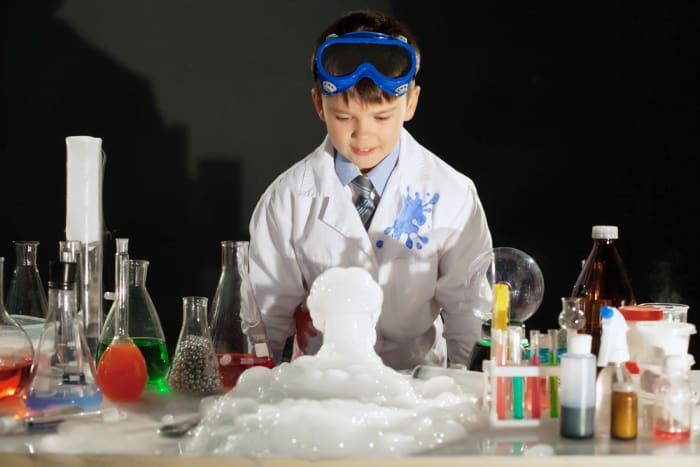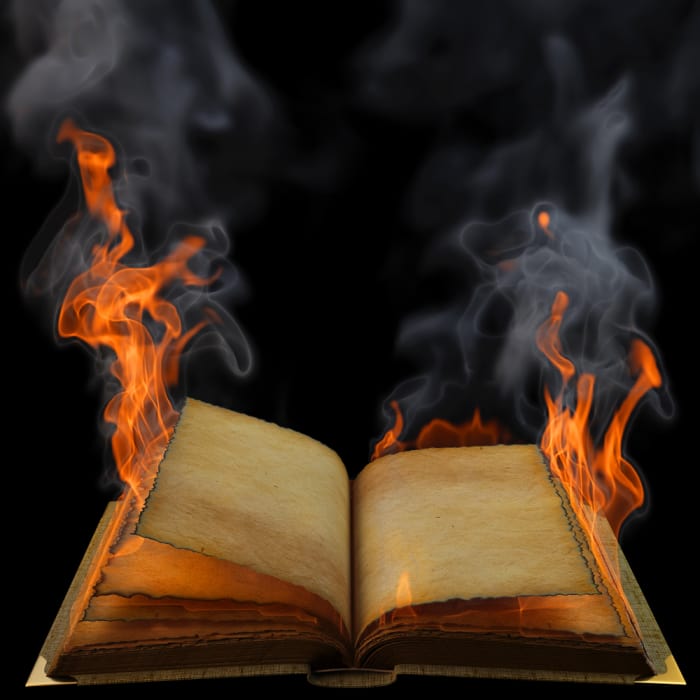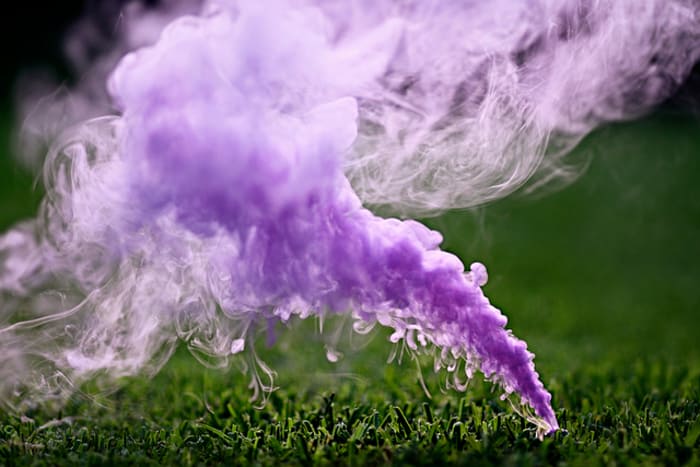Chemical magic tricks
Learn chemistry and do wonders!
Magic and science often go hand in hand. There are no miracles for a scientist, and seemingly fantastic phenomena can be easily explained. For the average person, laboratory experiments look incredible and entrancing. This article will lift the curtain on several secrets of chemistry. With the tricks offered here, you can easily impress your friends and feel like a wizard.

A knowledge of the laws of chemistry makes it possible to demonstrate striking transformations, which will impress everyone. We’ll look at three effective tricks which you can do at home. They can delight both children and adults, and inspire people to make new magical discoveries. In skillful hands, ordinary items easily become magical.
A volcano on a plate
You can awaken your own dormant volcano at home in mere minutes. If the trick is done carefully and correctly this will look impressive
You will need:
- plasticine;
- water;
- soda;
- vinegar;
- red and orange food coloring.
Experiment procedure
1. Make a dormant volcano.
Make a cone from plasticine so that it resembles a volcano. Place it on a flat plate. The plate should be larger than the base of the volcano, to leave space for the erupting lava. The base can be decorated with green grass for visual effect.
2. Prepare the lava.
Pour kitchen soda into the volcano crater. The amount depends on the size of the volcano. Do not fill the inside of the volcano by more than 30%. Then add food coloring. The color is very important. The best effect comes from combining red and orange. The brighter it is, the more natural the lava will look. You should perform steps one and two before showing the trick to viewers. This will help to make the maximum impression.
3. Make the eruption.
After getting the audience ready and telling them about the unique, magical awakening of the volcano, you can start to perform the trick. Carefully add vinegar, and watch the eruption and the amazed faces of the viewers. It’s better to pour the vinegar from an attractive transparent bottle. The vinegar will look like ordinary water. This helps to amaze the viewers even more.
Flameproof money
This simple trick is always a great success. Viewers will no doubt want to watch it again, so you should have plenty of material.
You will need:
- a banknote;
- water;
- alcohol;
- salt;
- tweezers;
- bowl.
Experiment procedure
1. Prepare the magic solution
Make a mixture of water and alcohol in the ratio of 1:1. Then add a pinch of salt and mix thoroughly. Pour into an attractive bottle, so you can show the magic liquid to the viewers.
2. Soak the money in the magic liquid.
When you have gathered your audience, fill the bowl with solution. Then immerse the banknote in it and let it soak. The main thing is not to keep it there too long, or the paper will curl up and tear when you take it out.
3. Set the banknote on fire.
At this stage it’s better to use the tweezers. Holding the banknote tightly, bring the lighter up to it and quickly move the fire away from yourself. You should do this process very carefully, so the flame doesn’t touch surrounding objects. The burning will stop quite quickly, leaving the banknote unharmed. This happens because of the properties of the liquids in the magic solution. The alcohol burns off before the flame can dry out the water and burn the note.
You can ask the viewers for assistance and to give you their own money for the sake of experiment. The trick can also be performed with randomly selected paper items. It can work well with an open book. To provide more magic and mystery, you can chant incantations as you soak objects with the protective elixir. We also recommend you to perform an experiment, where a bright flame goes out of an empty flask.

Purple smoke
This interesting chemical experiment looks extremely original. In the reaction process a thick purple smoke appears with flames and sparks.
You will need:
- aluminum powder
- iodine;
- water;
- a cup made of reinforced glass, metal or ceramics;
- a pipette or bottle with a spray nozzle.
Experiment procedure
1. Prepare the magic liquid.
The trick will be more effective if you use distilled water. You can buy it in ready form, or make it yourself, by a separate chemical process.
For this magic trick you will only need a few drops. So you should work on the method of adding the water beforehand. For convenience you can use a bottle with a spray nozzle. Although a pipette will also do.
2. Choose the place to conduct the experiment.
As the smoke that is caused in the reaction is not particularly healthy, it’s important to observe safety rules. The main condition is a well ventilated space. There should be an air vent. If you feel the urge to make purple smoke at home, you’d better think twice. If there’s no air vent, it’s better to do the trick outside.
3. Make the magic powder.
Pour a heap of aluminum shavings into the ceramic cup. Add the iodine solution to it and stir gently. You can’t use a glass vessel, as when the temperature rises ordinary glass will break.
4. Make the purple smoke.
Help the magic powder to catch fire. Slowly add the magic liquid, drop by drop. The mixture will swiftly burst into bright flames, sparks will fly, and it will start to turn into thick, purple smoke.

The answer to the question “why?” is extremely simple. Water acts as a catalyst and activates the iodine. The protective film is removed from the aluminum and the reaction takes place. As a result, burning takes place with the sublimation of a halogen.
Magnesium powder will give a similar result. By changing the ratio of aluminum (or magnesium) shavings and iodine, you can make more smoke or more fire. If you add too much iodine, the heat of the reaction will go towards the sublimation of this halogen, and the mixture will not catch fire. There will simply be a lot of smoke.
We hope this article will inspire you to attempt other magic tricks yourself. Studying chemistry will help to find out many interesting facts. The knowledge you gain may come in handy in entertaining people, and may also be useful in solving a number of household problems.